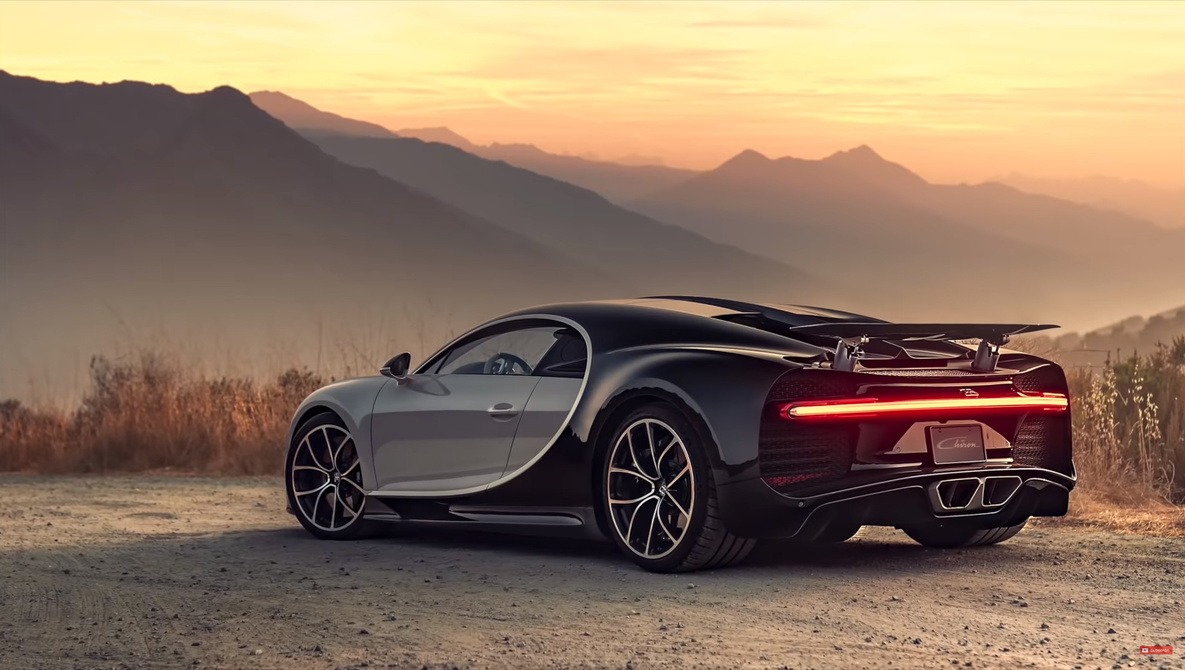When it comes to automotive photo editing, the difference between a regular photo and a stunning image can be quite astonishing. The level of detail that can be achieved through professional editing techniques can transform a simple car photograph into a masterpiece that captures attention and enhances the overall appeal of the vehicle. With the right editing tools and skills, photo editing can elevate the presentation of cars for advertising, marketing, and showcasing purposes.
Photo editing encompasses a wide range of techniques and processes that are used to enhance the visual quality of car photographs. From adjusting exposure and colors to removing imperfections and adding special effects, the goal of automotive photo editing is to create images that are visually captivating and highlight the unique features of the vehicle.
Whether it’s for car dealerships, automotive magazines, or online platforms, high-quality and professionally edited car photos can significantly impact the perception and desirability of a vehicle. In fact, studies have shown that well-edited car images can increase customer engagement and even lead to higher conversion rates.
Looking to enhance your automotive photos? Photo editing is a must. With professional editing techniques, you can improve the overall quality, remove imperfections, and make your images stand out. From color correction to background removal, expert photo editors can transform your photos into stunning masterpieces. Find a reputable editing service that offers a range of editing options and get ready to impress with captivating visuals.

Table of Contents
ToggleWhat Is Automotive Photo Editing?
Automotive photo editing is the process of enhancing and retouching images of automobiles to make them look more appealing and attractive to potential buyers. In today’s digital age, where online car shopping is becoming increasingly popular, high-quality and visually appealing images play a crucial role in attracting customers and influencing their purchasing decisions.
Photo editing involves various techniques, such as color correction, background removal, image manipulation, and object retouching, to create stunning visuals that highlight the features and details of the vehicles.
Key Takeaways – Photo Editing
- photo editing is the process of enhancing and retouching car images to make them look more appealing.
- It involves adjusting colors, removing imperfections, and adding special effects to create stunning visuals.
- Automotive photo editing requires knowledge of professional editing software like Adobe Photoshop.
- It is essential for car manufacturers, dealerships, and automotive photographers to showcase their products in the best possible light.
- By using automotive photo editing techniques, car images can be transformed into high-quality visuals that attract potential customers.
Frequently Asked Questions
Automotive photo editing is an essential part of the automotive industry, allowing for the enhancement and retouching of photos to showcase vehicles in the best possible light. From adjusting colors and removing imperfections to adding special effects, automotive photo editing plays a crucial role in creating visually appealing and enticing images for advertisements, catalogs, and online listings.
1. What are the key benefits of automotive photo editing?
Automotive photo editing offers several key benefits, including:
Enhancement of vehicle appearance: Through editing techniques such as color correction, brightness adjustment, and removal of imperfections, automotive photo editing can significantly enhance the overall appearance of vehicles, making them look more attractive and appealing to potential buyers.
Consistency across images: Automotive photo editing ensures consistency in the visual representation of vehicles, creating a unified and professional look across all marketing materials.
2. How can automotive photo editing improve marketing efforts?
Automotive photo editing plays a vital role in enhancing marketing efforts by:
Capturing attention: Well-edited photos grab the attention of potential buyers, making them more likely to engage with the marketing materials and learn more about the vehicles being advertised.
Creating a positive perception: High-quality and visually appealing images build trust and credibility, making potential buyers more inclined to consider the vehicles being marketed. It instills confidence in the brand and the quality of the vehicles.
3. What editing techniques are commonly used in automotive photo editing?
Commonly used editing techniques in automotive photo editing include:
Color correction: Adjusting the colors of the vehicle to ensure accuracy and enhance visual appeal.
Background removal: Removing distracting or unwanted elements from the background to keep the focus on the vehicle.
4. Can automotive photo editing make a used vehicle look better?
Absolutely! Automotive photo editing can significantly improve the overall appearance of used vehicles. Through techniques like color correction, retouching, and removing imperfections, a used vehicle can be made to look more appealing and well-maintained. This can attract potential buyers and increase the chances of a successful sale.
5. How can automotive photo editing help with online vehicle listings?
Automotive photo editing plays a crucial role in online vehicle listings by:
Attracting attention: Eye-catching and professionally edited images increase the likelihood of potential buyers clicking on the listing to learn more about the vehicle.
Providing accurate representation: Automotive photo editing ensures that the images accurately represent the vehicle, allowing potential buyers to make informed decisions based on the visuals.
10 Lightroom Tricks for BETTER CAR PHOTOGRAPHY
In summary, automotive photo editing is a professional technique used to enhance and improve car images. It helps to remove imperfections, adjust colors, and create a polished look that showcases the vehicle’s features.
By using photo editing software, automotive professionals can make a car look more attractive, appealing, and marketable. This technique allows for creative enhancements while maintaining a natural and realistic appearance.










